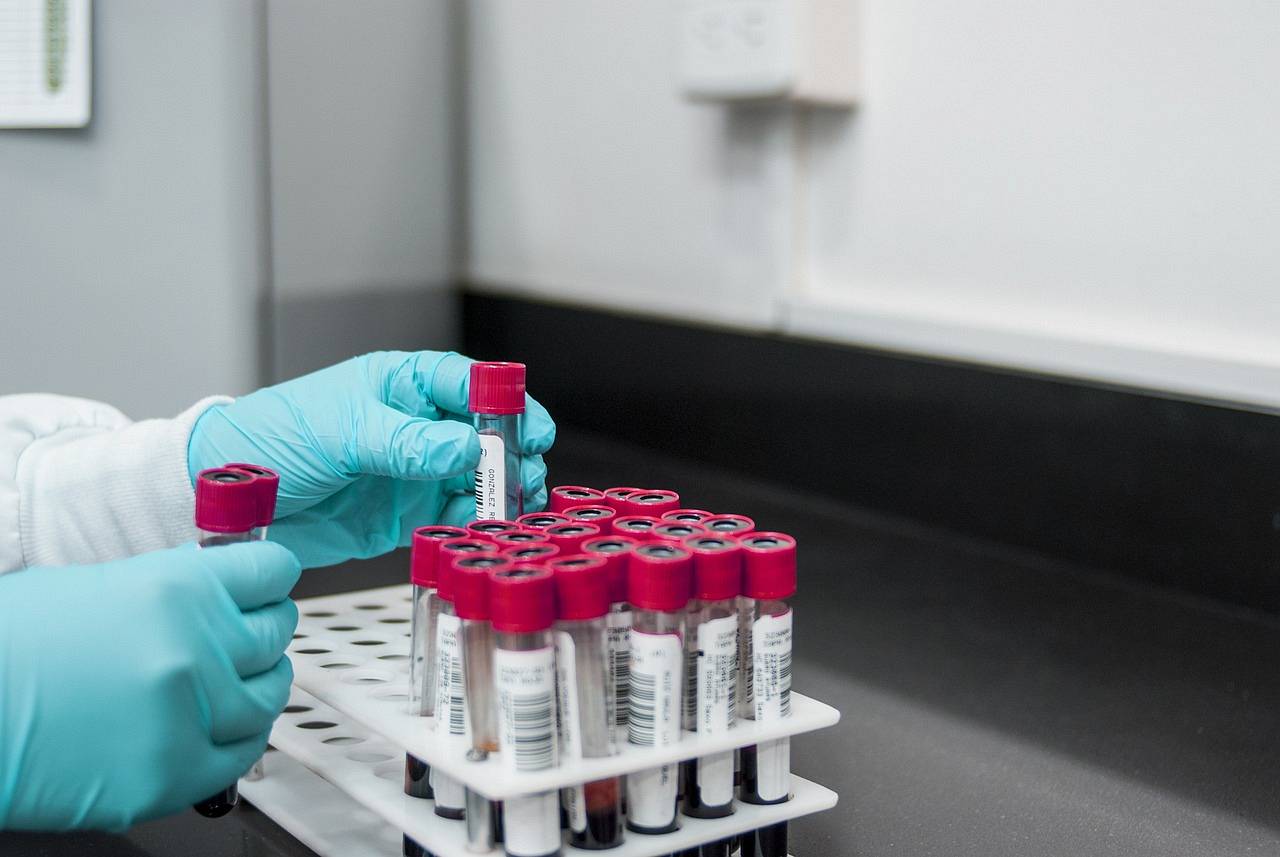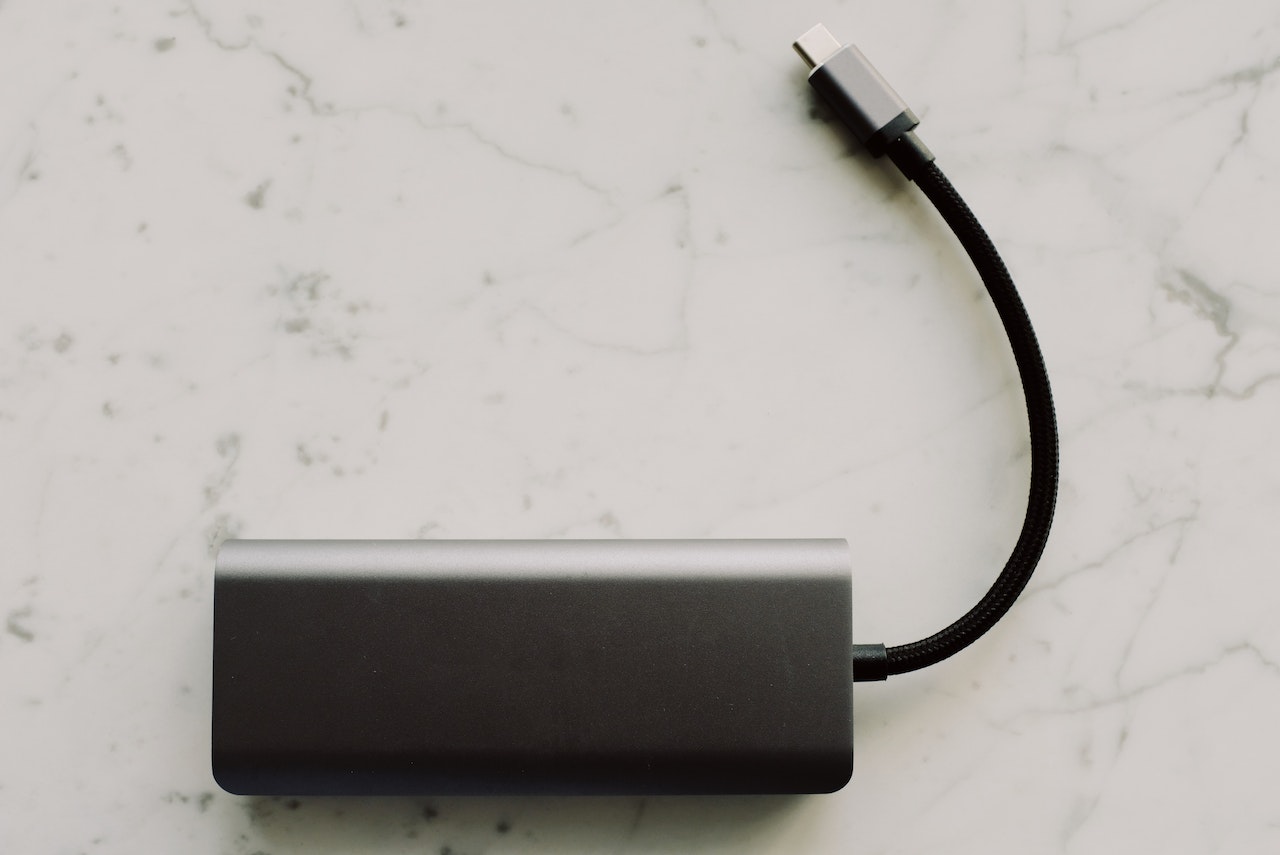Ever wondered what lies within the intricate matrix of a material you’re studying or a substance you’re testing? Understanding the chemical composition of a sample is a crucial step in numerous fields, from research and development to quality control in industries. In this article, we’ll explore various methods to ascertain the chemical composition of your sample in a laboratory.
Introduction to Chemical Analysis
The process of determining what matter is made up of is known as chemical analysis. This can range from finding out the elements in an alloy or the compounds in a pharmaceutical drug. Laboratory testing and analysis methods are used to determine the chemical composition, properties, and performance of a sample.
Methods for Determining Chemical Composition
There are numerous methods for determining the chemical composition of a sample. The choice of method depends on the nature of the sample, the precision required, and the resources available. Here are some commonly used methods:
1. Spectroscopy
Spectroscopy is one of the most widely used techniques in laboratories for chemical analysis. This method involves the interaction of light with matter. Based on the spectrum obtained, one can identify and quantify the elements or compounds in a sample.
2. Chromatography
Chromatography is a technique used to separate the components of a mixture. It is often used when dealing with complex mixtures like blood samples or environmental samples. The separated components can be further analyzed for their chemical composition.
3. Mass Spectrometry
Mass spectrometry is a powerful tool for chemical analysis. It can identify unknown compounds within a sample, quantify known compounds, and elucidate the structure and chemical properties of different molecules.
4. Elemental Analysis
Elemental analysis is used to determine the elemental composition of a sample. Methods like atomic absorption spectroscopy (AAS), inductively coupled plasma (ICP), and X-ray fluorescence (XRF) fall under this category.
Conclusion
Understanding the chemical composition of a sample is crucial in many fields, and these laboratory methods provide accurate and reliable results. However, each method has its pros and cons, and the choice of method should be based on the nature of the sample and the information required. Always remember that safety should be the first priority when performing chemical analyses in a laboratory. Happy experimenting!
Check out more https://pdinstruments.com/en/press-technology.html




